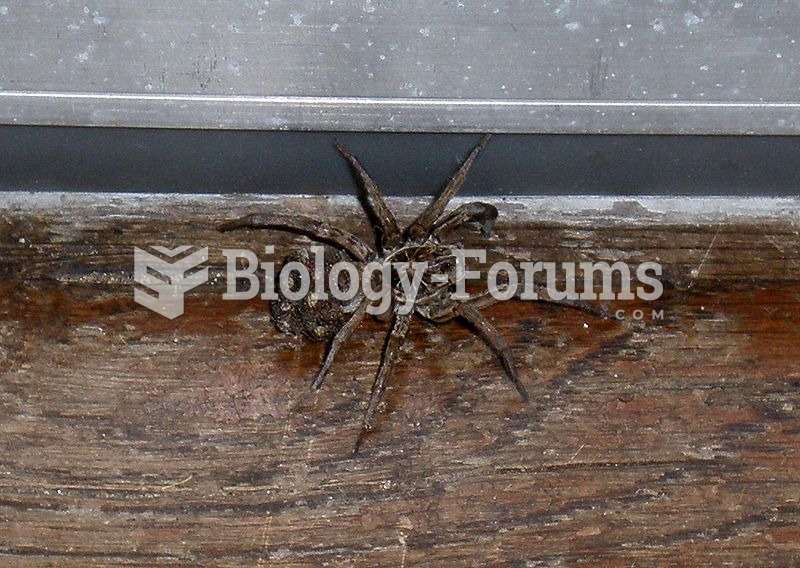|
|
|
Bisphosphonates were first developed in the nineteenth century. They were first investigated for use in disorders of bone metabolism in the 1960s. They are now used clinically for the treatment of osteoporosis, Paget's disease, bone metastasis, multiple myeloma, and other conditions that feature bone fragility.
Vaccines cause herd immunity. If the majority of people in a community have been vaccinated against a disease, an unvaccinated person is less likely to get the disease since others are less likely to become sick from it and spread the disease.
There are over 65,000 known species of protozoa. About 10,000 species are parasitic.
Blood is approximately twice as thick as water because of the cells and other components found in it.
People about to have surgery must tell their health care providers about all supplements they take.







